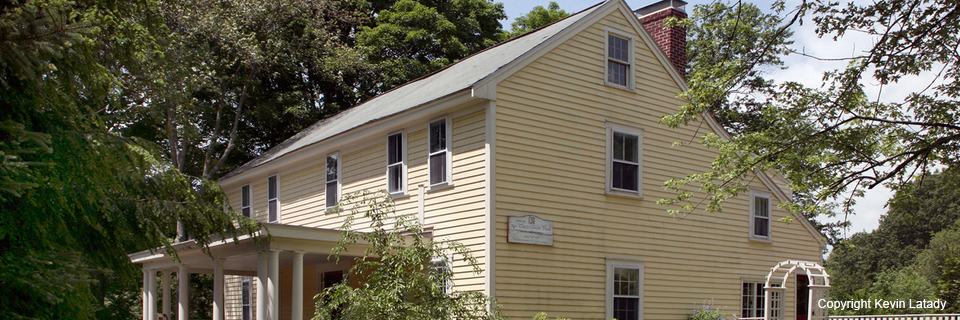
BASF Chemistry Helps Restore Historic Home
Kevin and Nancy Latady's Bedford, Massachusetts, farmhouse is listed on the National Registry of Historic Homes, having been built by Christopher Page, son of Nathaniel Page, an early settler in the town of Bedford, MA sometime around 1730. Christopher's son (also Christopher) fought at Concord's North Bridge in the skirmish with British troops on that fateful day of April 19, 1775. In fact, Christopher's cousin Nathaniel is said to have carried the family flaginto battle.
The historic home needed an energy efficiency retrofit of the north side. But when the clapboard was taken down, they found rot, rodent-infested fiberglass batt, wiring problems and structural deficits.
Luckily, Kevin and Nancy know a thing or two about residential restoration. As owners of Latady Design, a small architectural firm specializing in historic and older homes, they looked for an insulation solution that would not only help them retain the original architecture but but improve the insulation value and provide a vapor barrier to the envelope itself.
COMFORT FOAM®closed-cell, spray-applied polyurethane foam insulation and air barrier material was chosen because it could be installed from the outside, allowing the designer to retain the historic interior finishes while addressing the structural issues typically incurred with older homes. This technique also provided easier access for rewiring and visual inspection of outdated electrical issues. The polyurethane foam also provided added structural strength, superior insulation and air barrier in one step.
One of the reasons the BASF product was so appealing for the Latady home was that the old wall ranged in thickness between three and six inches, requiring an insulation with a high R-value per inch to make up for the less thick areas.
As a spray-applied product, COMFORT FOAM fills voids that are hard to seal with traditional insulation. In addition, closed-cell polyurethane foam provides some of the highest R-values in the industry and water absorption is nominal compared to insulation products like fiberglass batt or blown-in cellulose.








